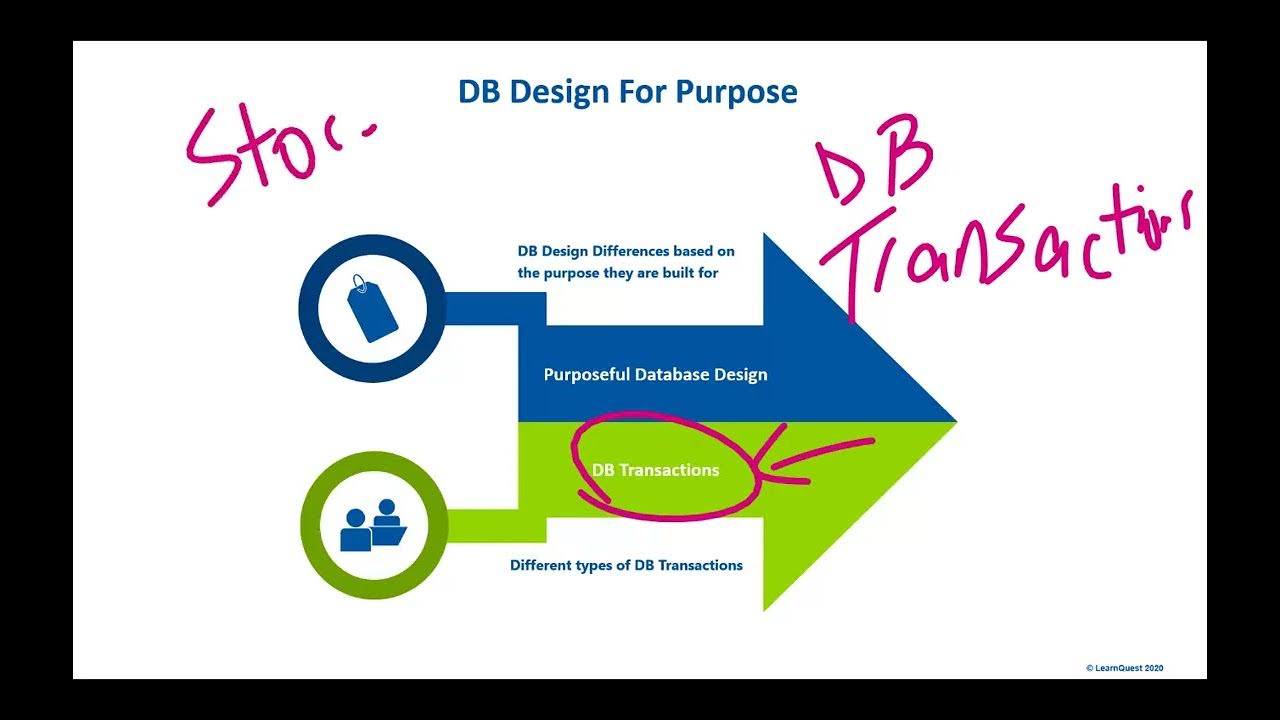Magnetic Systems | Introduction to Computing | CS101_Topic015
Summary
TLDRThis module discusses the importance of mass storage systems, which are essential for permanently storing data. Unlike volatile main memory, mass storage systems like magnetic disks, CDs, DVDs, and flash drives provide non-volatile storage. The session focuses on how magnetic systems, such as hard disk drives, work using spinning disks and read/write heads to store and retrieve data. Key performance parameters such as seek time, rotation delay, access time, and transfer rate are explained to assess the quality of these systems. The lecture concludes by emphasizing the significance of these parameters in evaluating disk performance.
Takeaways
- 😀 Main memory is volatile, meaning data is lost when power is turned off, whereas mass storage is non-volatile and designed for long-term data retention.
- 😀 Unlike main memory, mass storage systems like flash drives are portable and can be easily inserted or removed from the CPU.
- 😀 Common types of mass storage systems include magnetic discs, CDs, DVDs, magnetic tapes, and flash drives.
- 😀 Magnetic disc systems, such as hard disk drives, are the most widely used form of mass storage today.
- 😀 Hard disk drives (HDDs) consist of spinning disks with magnetic coatings to store data, and a read/write head moves above or below the disk to access the data.
- 😀 A hard disk is divided into tracks, and each track is further divided into sectors that store data.
- 😀 Each track on a magnetic disc is organized into zones, with each zone containing tracks with the same number of sectors, which improves data access efficiency.
- 😀 Key performance parameters for magnetic discs include seek time, rotation delay, access time, and transfer rate.
- 😀 Seek time is the time it takes for the read/write head to move from one track to another.
- 😀 Rotation delay (or latency time) is the time taken for the desired data to rotate under the read/write head after the head has been positioned on the correct track.
- 😀 Transfer rate refers to the speed at which data is transferred from the disk, and lower transfer rates are more efficient for faster performance.
Q & A
What is the main difference between main memory and mass storage systems?
-Main memory is volatile, meaning it loses its data when the power is turned off, while mass storage systems are non-volatile, designed to store data permanently for long-term use.
Why is it important to have mass storage systems?
-Mass storage systems are necessary to store data permanently, as main memory is volatile and cannot retain data after the power is lost.
How are flash drives different from main memory in terms of accessibility?
-Flash drives are external storage devices that can be easily inserted and removed from the CPU, while main memory is internal and requires physical disassembly of the CPU to access.
What is the basic function of a hard disk drive (HDD)?
-A hard disk drive stores data on a thin, spinning disk with a magnetic coating, and a read/write head moves across the disk to access or store data.
What are tracks and sectors in a hard disk drive?
-Tracks are circular paths on the disk where data is stored, and sectors are smaller divisions within a track that hold a fixed amount of data (usually 512 bytes to a few kilobytes).
What is zone bit recording, and how does it benefit hard disk performance?
-Zone bit recording organizes tracks into zones, with each zone containing an equal number of sectors. This reduces the time to access data by optimizing the read/write head's movement across adjacent tracks.
What is seek time, and why is it important for disk performance?
-Seek time is the time required for the read/write head to move from one track to another. A shorter seek time improves the overall speed of data retrieval, making the disk perform better.
How does rotation delay affect the performance of a hard disk drive?
-Rotation delay is the time it takes for the disk to rotate so that the desired data comes under the read/write head. Lower rotation delay results in faster data retrieval.
What is access time, and how is it calculated?
-Access time is the total time it takes to access data on a disk, calculated by adding the seek time and rotation delay. A lower access time means faster data access.
What factors are used to evaluate the performance of a disk?
-The key factors used to evaluate disk performance include seek time, rotation delay, access time, and transfer rate. A disk with lower values for these parameters is considered higher in performance.
Outlines

This section is available to paid users only. Please upgrade to access this part.
Upgrade NowMindmap

This section is available to paid users only. Please upgrade to access this part.
Upgrade NowKeywords

This section is available to paid users only. Please upgrade to access this part.
Upgrade NowHighlights

This section is available to paid users only. Please upgrade to access this part.
Upgrade NowTranscripts

This section is available to paid users only. Please upgrade to access this part.
Upgrade NowBrowse More Related Video
5.0 / 5 (0 votes)





